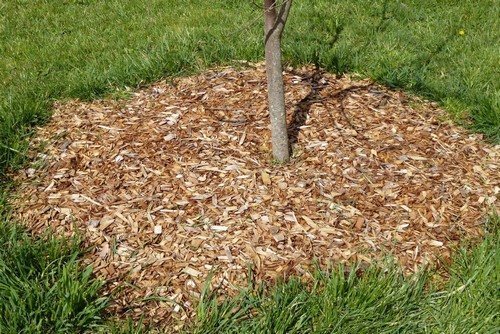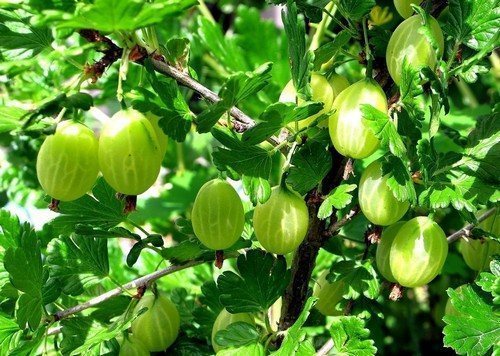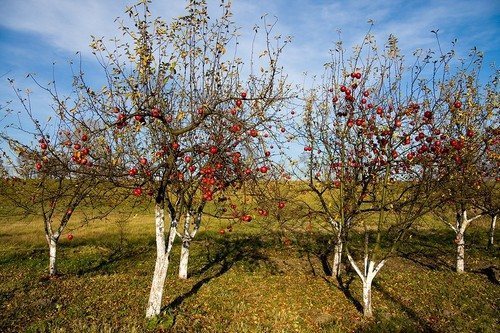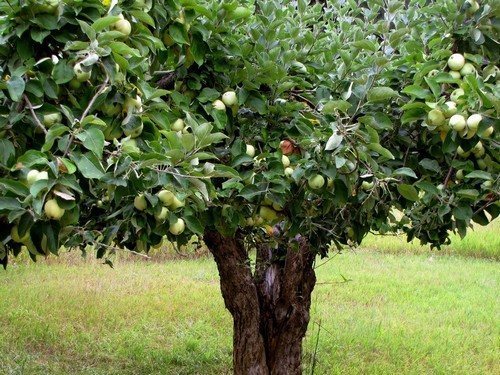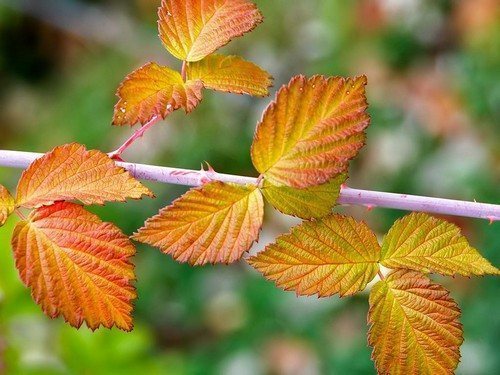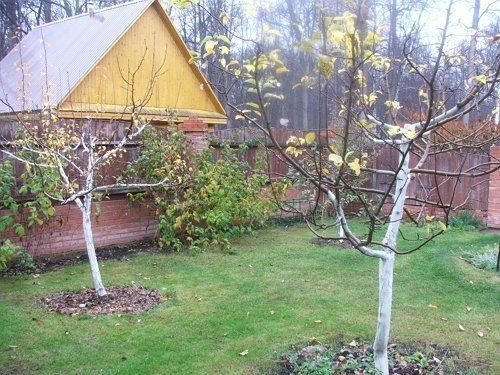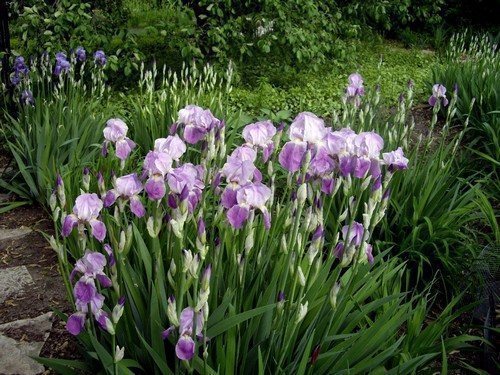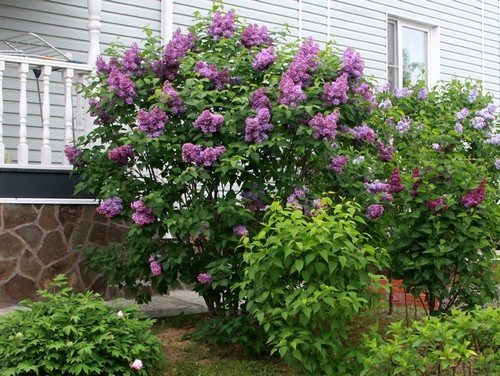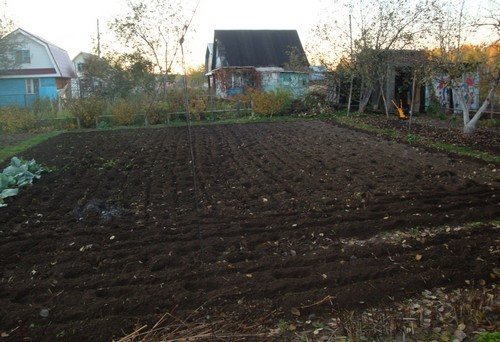Autumn is not only the time for harvesting the current harvest, but also a period of mandatory preparation of apple trees for future fruiting. This article will tell you how to prepare an apple tree for a comfortable winter in 5 steps.
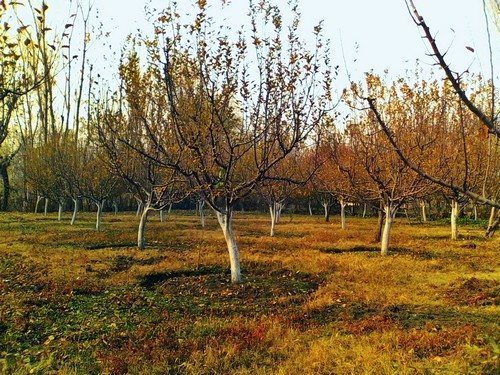
Step 1. Feeding
During the fruiting period, apple trees actively consume micronutrients from the ground with their roots along with moisture, so in order to prevent soil depletion, it must be regularly fed with fertilizers. Complex fertilizing with organic and mineral fertilizers in the fall is recommended. Organic matter contains essential nutrients and makes the soil structure looser, which makes it easier for air and fertilizers to reach the roots. Rotted manure or compost is excellent as an organic fertilizer, which is laid out around the perimeter of the tree trunk circle, and then dug up to the depth of half a spade bayonet and thoroughly shed. 1-2 buckets of rotted manure are enough for one tree. Mineral fertilizers saturate the plant with certain microelements. At the end of August, after harvesting, the apple tree is sprayed with a solution of superphosphate, which contains the necessary potassium and phosphorus, which allows the tree to lay buds for the next year.
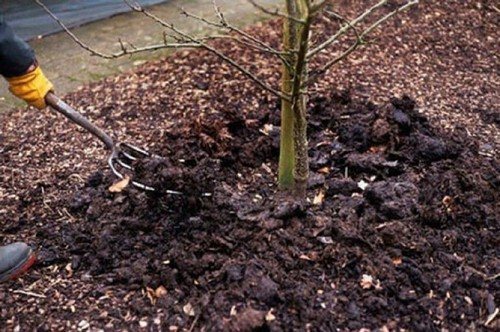
Step 2. Sanitary pruning
After harvesting, the apple tree begins to prepare for winter dormancy, slowing down the main processes inside.During this period, it is recommended to prune dry, damaged, diseased branches, and also slightly thin out the crown. Pruning begins with branches that thicken the crown and ends with those affected by pests or diseases; such an algorithm will avoid infection of healthy branches. The cutting tool is treated with a disinfectant solution before and after cutting. It is recommended to treat branch cuts with an antiseptic solution (copper sulfate, potassium permanganate), and after drying - with a special protective preparation, avoiding contact with the edges of the cut. It is recommended to prune in dry, warm weather, which will allow the apple tree to dry the cut as quickly as possible. Diseased branches must be burned to prevent infection of other crops.
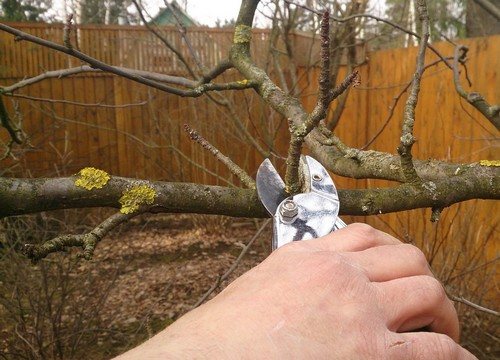
Step 3. Pest treatment
At the end of September, after the leaves have been shed, the apple tree is treated with highly concentrated chemical solutions to combat diseases and pests. It is better to carry out processing at above-zero air temperatures, but it is also allowed after the first frost. To destroy fungal diseases, apple trees are sprayed with fungicides and copper-containing solutions (copper sulfate, copper sulfate). Scab is destroyed by solutions of colloidal sulfur, iron sulfate or Bordeaux mixture. Trees are also treated with iron sulfate to remove lichens. Before treating with compounds, it is recommended to clean the branches from lichen, moss, and dark spots, and then whitewash the trunk with lime.
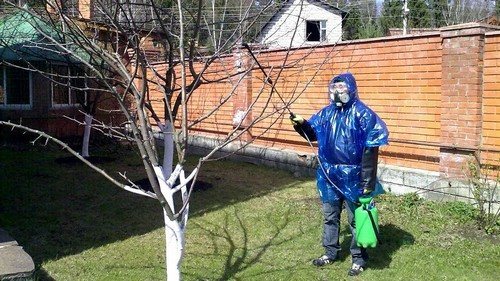
Step 4. Watering
Moisture-charging watering at the end of September - beginning of October allows the apple tree to nourish the branches and trunk and make it easier to endure wintering. 4-6 buckets of water are enough for one tree.Watering is not required if the soil is moist to a depth of 20 cm, which is common during prolonged rainy weather.
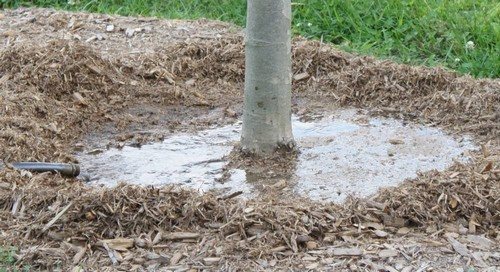
Step 5. Mulching
A mulching layer of peat, spruce branches, pine bark or sawdust, and dry straw allows you to retain moisture at the roots of the apple tree, protect them from hypothermia during sudden temperature changes, and fertilize the soil. In spring, the mulch is removed and fresh mulch is added.
